What is the flavor of coffee wet planing? What is the wet planing method of coffee?

Professional coffee knowledge exchange more coffee bean information please follow the coffee workshop (Wechat official account cafe_style)
"what's the difference between wet planing and washing?" Guests will be curious when they come to the front street and order a cup of golden mantenin coffee. Why do most coffee beans in Indonesia be treated with wet planing instead of washing or sun treatment? In this article, the front street will talk about what is the wet planing method.
What is the wet planing method?
Wet planing, also known as wet shelling (Wet Hulling), is also known as Giling Basah in the local language. it is a unique treatment method in Indonesia, and it is also known as semi-washing treatment. Different from the water washing method, the water washing method is to retain the pectin for fermentation, freshen the residual pectin with clean water and then dry it directly in the sun, and the coffee beans will be stored in parchment. The wet planing method uses washing treatment for fermentation, and then semi-drying after removing the parchment through the machine, and then finally drying, coffee beans will "smooth" into the storage link.
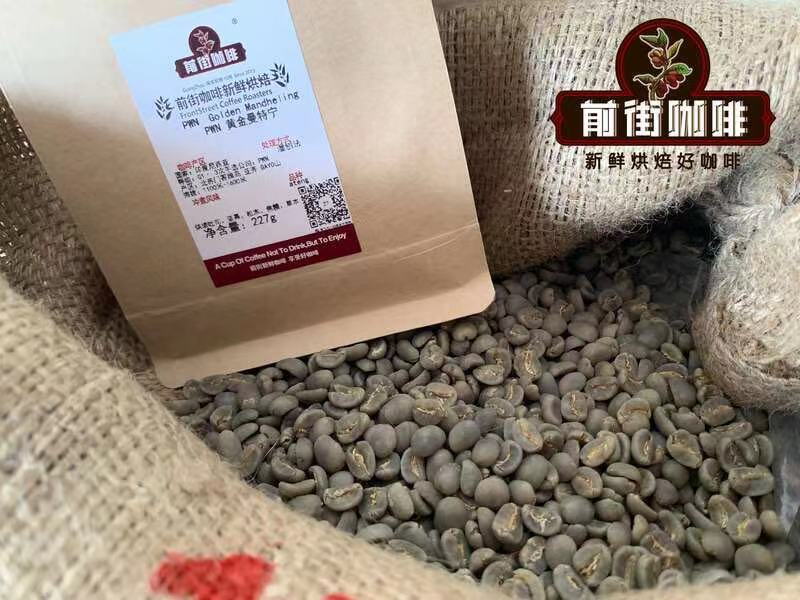
Why did Indonesia choose to use wet planing to treat raw coffee beans?
The choice of raw bean treatment is generally based on the natural climate and resources of the region. Sun treatment is commonly seen in areas with dry, high temperature and lack of water resources, while water washing is commonly seen in areas where water resources are easily available. The humid and rainy climate in Indonesia makes it difficult to carry out sun treatment that requires a long period of sun drying. Qianjie believes that the wet planing treatment of Indonesian coffee beans produces a more mellow flavor, which makes the flavor of Indonesian coffee bean herbal spices more obvious.
Detailed explanation of the process of wet planing treatment
1. Peeling / beating
Like washing, picked coffee berries need to be treated as soon as possible. in Indonesia, coffee berries are peeled and pulped at the homes of small farmers, a step that removes the skin and part of the pulp.
2. Cleaning
Peeled coffee beans are soaked in water for 1 to 2 hours and rub each other to remove some of the pectin.
3. Drying
The soaked coffee beans will be dried for the first time in the peasant household. At this point, the moisture content of coffee beans will drop to between 20% and 35%.
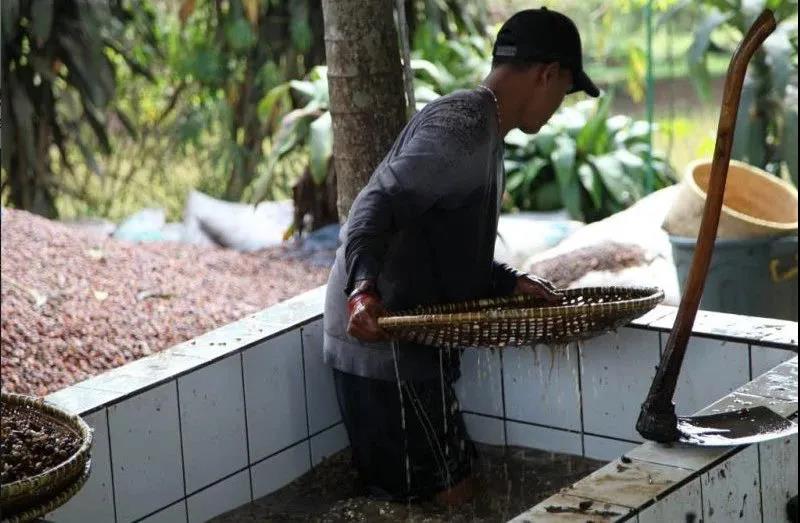
4. Collect
The first dried coffee beans are sent to the market for sale, at this time the coffee bean pectin layer has not yet solidified, is a sticky state. The coffee beans are purchased, collected and sent to the processing plant for further processing.
5. Drying
Coffee beans collected and sent to the processing plant will first be dried for a second time, which will reduce the moisture content of the coffee beans to about 18%.
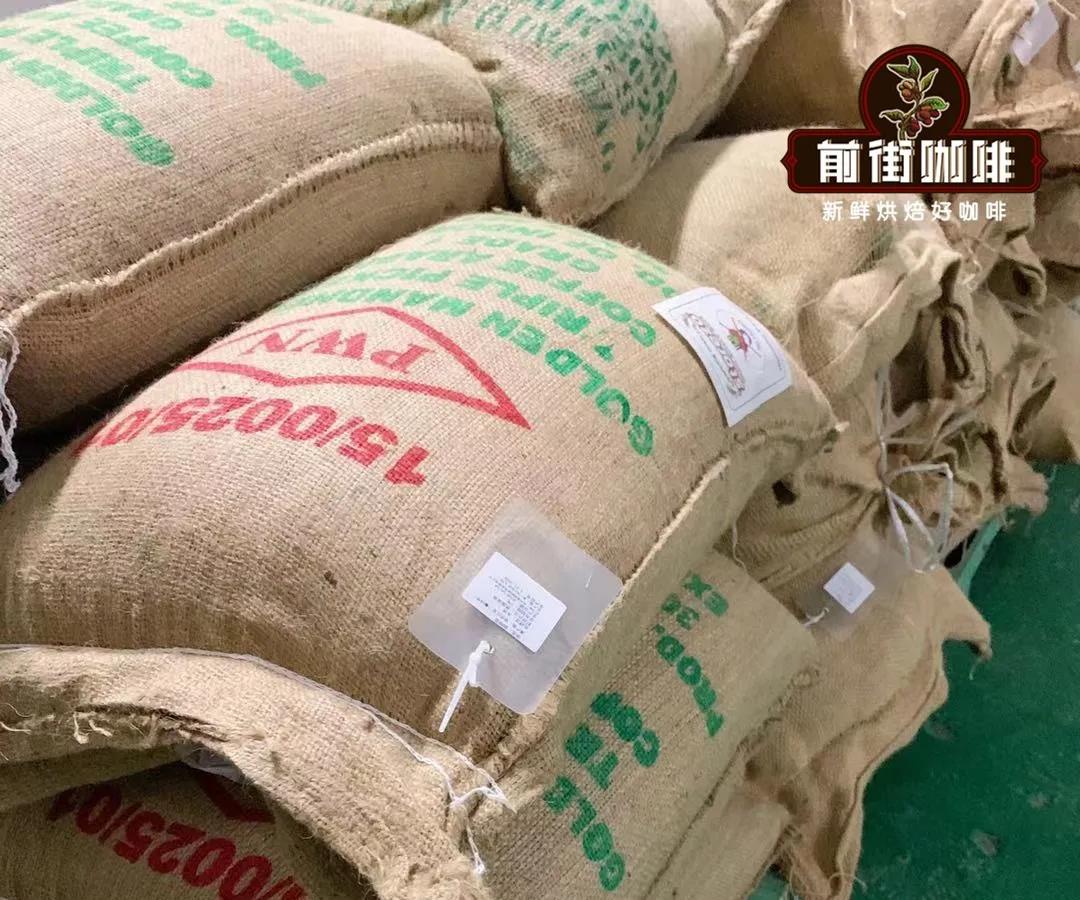
6. Peeling / wet planing
After the second drying, the coffee beans are put into the coffee shelling machine for wet planing, which removes the pectin and sheep skin of the coffee. What is different from other treatments is that the wet planing method removes the sheep skin before the coffee beans are finally dried, while washing and other treatments will retain the sheep skin for drying until export transportation.
7. Drying & warehousing
Finally, the coffee beans will be sent to the sun field again for final drying, which will reduce the moisture content of the coffee beans to 11%. Dried coffee beans will be bagged and stored in the warehouse waiting for transport exit.
Appearance characteristics of raw beans treated by wet planing
Qianjie noticed that they share a common feature of "sheep's hoof" after getting a number of wet-planed raw beans of Manning coffee. This is because the semi-hard and semi-soft wet raw beans are easy to be crushed when the pectin sheepskin is removed by machine, and the beans are crushed and split like sheep's hoof, commonly known as sheep's hoof beans. "Sheep's hoof" this is a very prominent feature of Manning, so it is not a defective bean.

Flavor characteristics of coffee beans treated with wet planing
Teacher Han Huaizong once described the flavor characteristics of wet planing coffee beans as follows: "this is also a rare treatment in the world, accidentally creating Mantenin's special low-acid, thick and smelly flavor." Qianjie has tested different wet planing Indonesian coffee beans over the years, the coffee has low acidity, thick taste, herbal spices and other unique flavor, but the disadvantage is that the quality is relatively unstable. Of course, the quality instability can not be completely caused by wet planing, in most cases, it may be caused by the relatively poor quality of some raw coffee beans.
So having said so much, how are wet-planed coffee beans roasted and boiled? Next, the front street uses PWN gold Mantenin coffee beans for roasting and brewing demonstration.
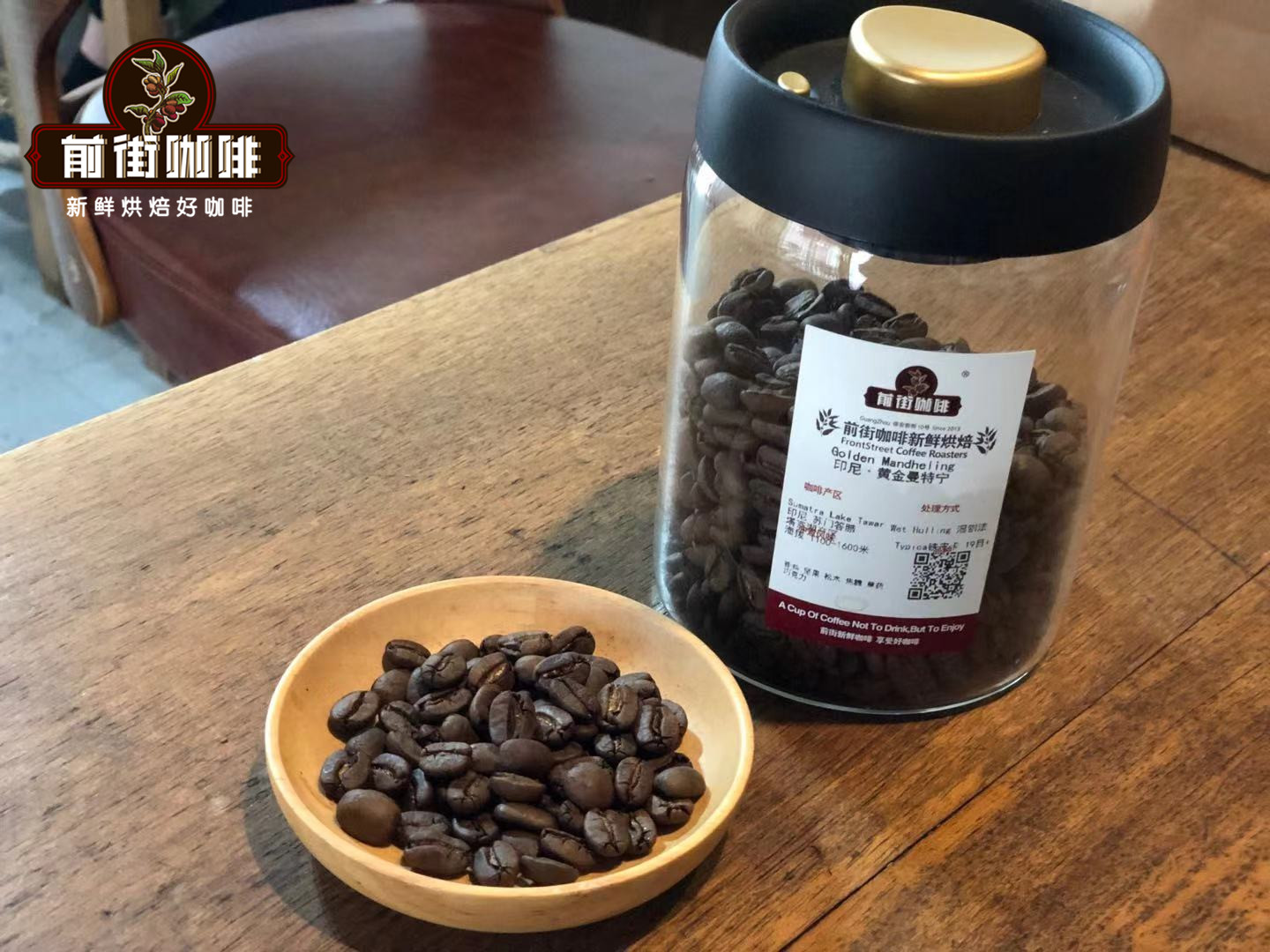
Front Street Coffee-PWM Gold Manning Coffee Bean
Producing area: Aceh Jiayu Mountain in Sumatra
Altitude: 1100-1600 m
Variety: Ateng
Grade: G1, 3 times hand selection
Treatment method: wet planing method
In front of the street, how to bake wet planing treated golden manning coffee beans?
Gold manning is a raw bean with more moisture, which has a higher moisture deviation with sun beans, so pay special attention to dehydration. Raw beans with high moisture content can be tasted and put into raw beans. Immediately close the throttle, steam for 30 seconds and then open to 3, until the color of raw beans becomes light green or white, the throttle opens to 4, explodes and then opens to 5 (maximum). Qianjie coffee is recommended to record the data before roasting, the water content, density, origin, treatment method, ambient temperature and humidity in the baking room, etc., and plan your baking curve. Recording the chemical and physical changes during the baking process will help you better understand the final baking results and help improve the baking curve.
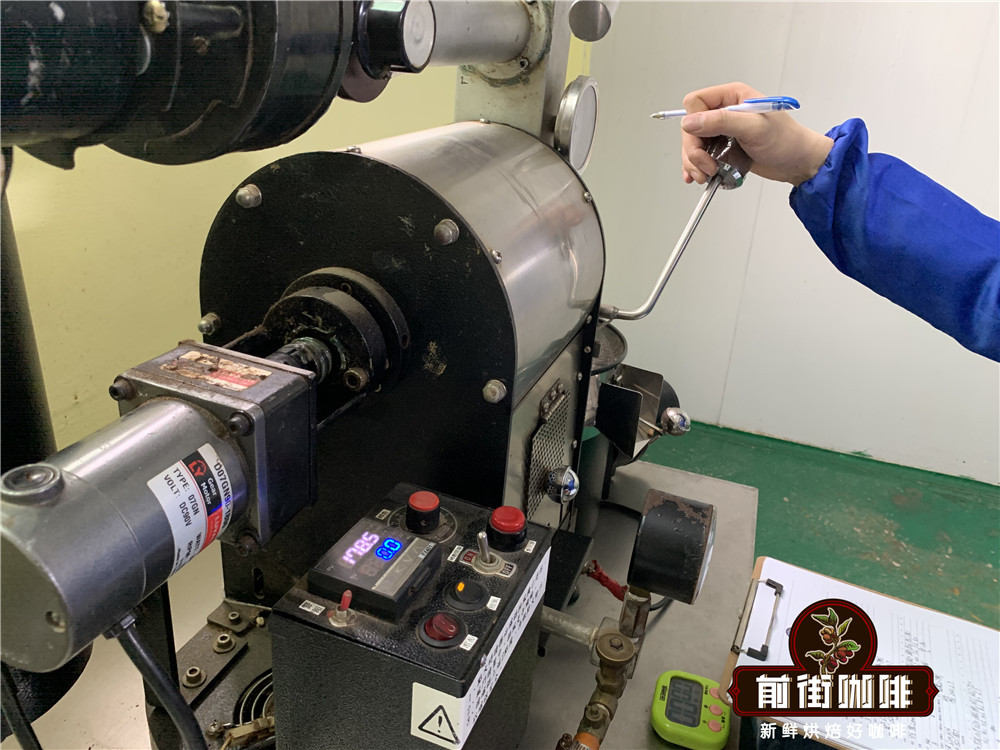
Put the furnace temperature to 200 degrees Celsius, adjust the firepower to 160 degrees after opening the throttle for 1 minute, keep the throttle unchanged, bake to 5: 40 ", the temperature is 148 degrees, the bean surface turns yellow, the smell of grass disappears completely, the dehydration is completed, the firepower is adjusted to 140 degrees, and the throttle is changed to 4. In the 9th '40th minute, ugly wrinkles and black markings appear on the bean surface, and the smell of toast obviously changes to the smell of coffee, which can be defined as a prelude to an explosion. At this time, listen carefully to the sound of the explosion point, start to explode at 9: 54 ", turn the firepower down to 60 degrees, and the throttle is fully open (adjust the firepower to be very careful, not so small as to be free of bursting sound), and put the pot at 204.5 degrees.
In front of the street, how to cook medium-and deep-roasted golden Manning coffee beans?
When roasting coffee beans in the middle and deep brewing, the KONO Mingmen filter cup is usually used in Qianjie, because the only exhaust part of this filter cup is the 1/4 ribs. When the water level passes over the ribs, the water volume of the filter cup continues to rise, increasing the pressure through the weight of the water. Because the outlet is relatively small, it can extend the contact time between coffee particles and water for a longer time, as the water flow drives it to bring out the soluble matter more effectively. It can generally achieve the effect of high alcohol thickness expected by guests.
Water temperature: 88 degrees
Powder content: 15g
Gouache ratio: 1:15
Degree of grinding: the screening rate of 0.85mm aperture screen is 65%
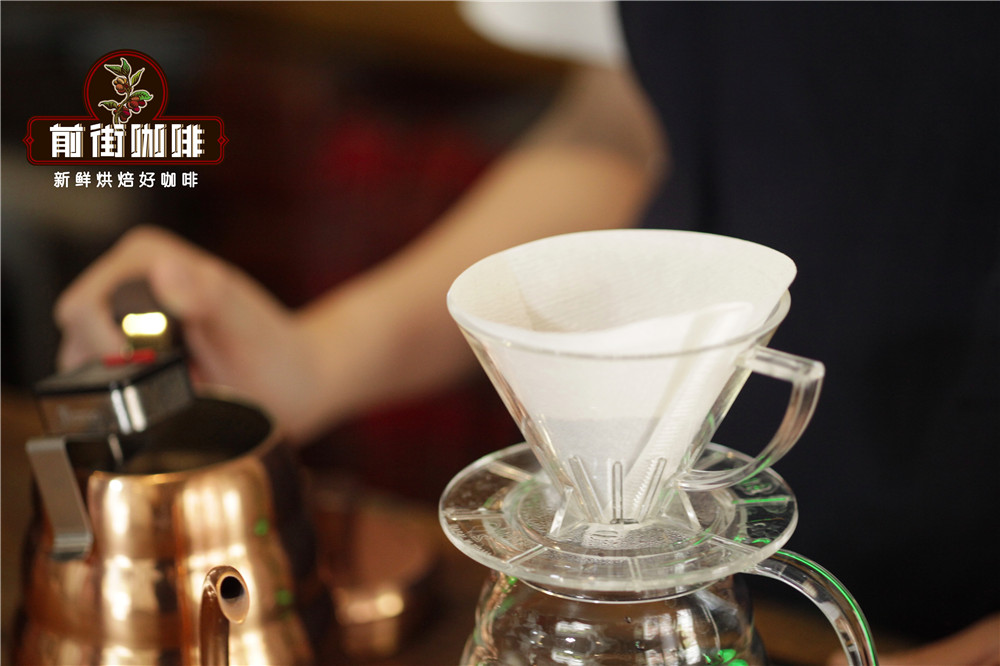
Qianjie coffee first uses twice as much steaming water as coffee powder, that is, 30g water for 30 seconds. When the small water flow is injected around the circle to 125g, it is divided into sections, when the water level is about to be exposed to the powder bed, continue to inject water to 225g to stop the water injection, remove the filter cup when the water level is about to be exposed to the powder bed, and (the steaming starts to time) the extraction time is 2 minutes 39min ".
PWN Gold Manning Coffee beans are flavored with nuts, spices, herbs, licorice, chocolate and caramel, with clean and soft flavor.
For more boutique coffee beans, please add private Qianjie coffee on Wechat. WeChat account: kaixinguoguo0925
Important Notice :
前街咖啡 FrontStreet Coffee has moved to new addredd:
FrontStreet Coffee Address: 315,Donghua East Road,GuangZhou
Tel:020 38364473
- Prev
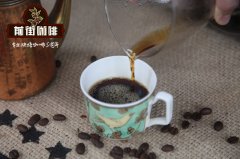
What are Indonesian wet-bubble coffee beans? What are the flavor characteristics of coffee wet planing?
Professional coffee knowledge exchange more coffee bean information Please pay attention to the coffee workshop (Wechat official account cafe_style) Coffee is widely grown in different countries, different growing environments, and so on, will affect the taste of coffee. Asia has a large area of land and has many different kinds of beans in coffee-growing areas. The most famous ones include caffeine from Indonesia.
- Next
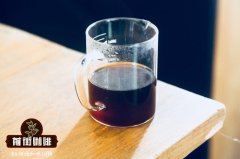
How should I use the Philharmonic pressure? What are the characteristics of Philharmonic coffee? How to use the Philharmonic pressure
Professional coffee knowledge exchange more coffee bean information Please pay attention to the coffee workshop (Wechat official account cafe_style) compared with the siphon pot, the current popular hand-brewed coffee, what will be the next trend of coffee in China? the rising star Philadelphia can be said to be the focus of many baristas. Syringe design, convenient, fast, and no red tape procedures, with love
Related
- What is the meaning of lactic acid fermentation with coffee bean treatment?
- How to judge the state of foam by sound?
- How does the latte pull out the unicorn pattern? Come to get for a little trick to improve the flower pull!
- Will flower pulling affect the taste of the latte?
- Do you know the history of coffee?
- The difference between honey treatment and sun washing what is raisin honey treatment?
- What kind of milk can a novice use to make coffee foam to keep the foam longer? The correct method and skills of milking tutorial sharing
- Why do washed coffee beans taste sour? Flavor characteristics of washed Coffee
- Introduction to the skill of how to practice the size and height of water injection around the circle of hand-brewed coffee
- How do beginners practice coffee flower drawing from scratch?

